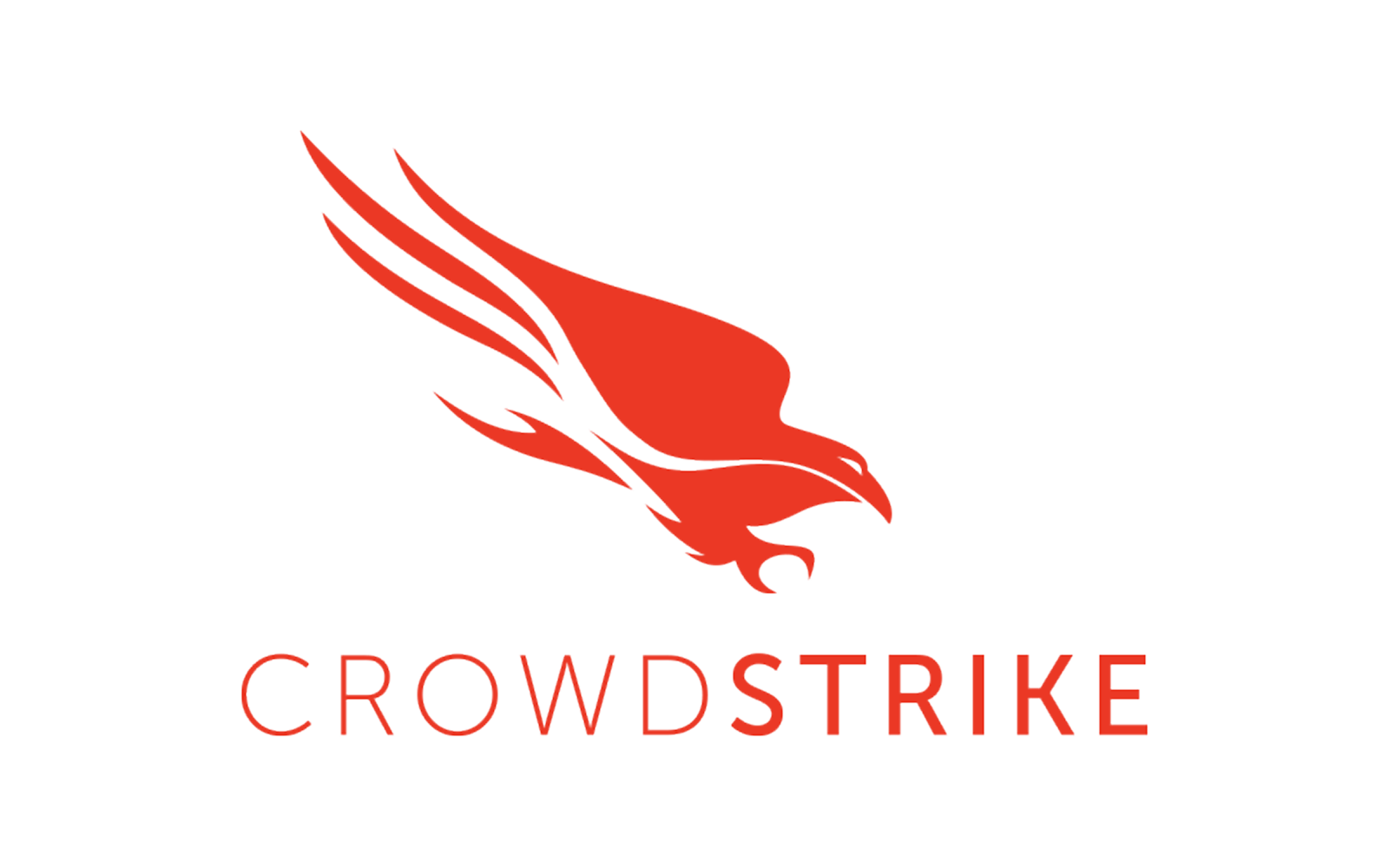
The Types of Data Breaches and How to Identify them
Data breaches are very real threats in today’s technologically based businesses. Many entrepreneurs operate under the assumption that this will never happen to them, but hackers have learned to widen their nets—making every organization with online data a viable target.
According to a 2017 CNN Money article, the infamous Equifax data breach exposed the personal information of 143-million Americans. This number comprises nearly half the country and brings the need for cyber security home for many professionals.
Identifying Data Breaches—An Overview of Common Techniques
The best way to avoid cyber threats is to learn how to identify them. There are 7 primary types of data breaches. Any one of these can cost you money, time, and credibility with your customer base:
- Traditional Hacking: Hacking, or intrusion, includes all the traditional means of accessing or siphoning information from a person’s computer or server system. Ransomware, malware, phishing, and skimming are old tactics that are constantly being revamped and made over with new techniques to be effective against updated cyber security.
- Internal Threats: Sometimes the worst threats can come from inside of the company. Therefore it’s very important to work with security professionals who value your mission statement and adhere to their own code of ethics. This can prevent insider threats and help to create a relationship based on trust and credibility.
- Risks of Mobile Data: Information is often saved on mobile devices and relatively small flash drives. These are easy to gain access to and can be stolen before the owner has time to prevent a data breach. Identity theft using mobile data is becoming increasingly common.
- Personal Theft: This occurs when a person physically downloads data directly from the source and takes possession of it this way. This can also involve breaking and entering a facility to steal tangible information. Personal theft can occur at an insider level or be a felonious intrusion. IoT makes cyber security more challenging than ever.
- Negligent Data Handling: It’s easy for an improperly trained IT department or another employee to send an email containing sensitive information to the wrong address, or to share data on a public server when they shouldn’t be doing that. This type of data breach is entirely avoidable and should be carefully monitored at length.
- Accidental Data Breaches: This falls in line with the negligent handling of data. When an employee uploads information to a publicly accessible site without first checking its security level, it can lead to an accidental data breach.
- Improper or Unauthorized Access: Unauthorized access is a testimony to poor security features. This often happens when the wrong person is given access to information that should only be available to people at a higher level within the organization. This can happen when information isn’t properly segregated, or when the wrong credentials are given out.
Professional Intervention can Prevent Data Breaches
Identifying data breaches and weak spots in your company’s cyber security can take time and money away from business growth cycles. Seeking professional help from an outside company can promote a holistic approach to securing data and preventing the introduction of future threats.
Contact GlassHouse Systems for more information on data breaches and how we can help you combat the growing threat to information security.
For Canada and worldwide, contact our main Canadian offices:
- +1 (416) 229-2950
- +1 (416) 229-9096
By email: canada@ghsystems.com
For all US-based enquiries, please contact our main US offices at:
- +1 (630) 724-8500
- +1 (630) 724-8509
By email: us@ghsystems.com









.png)